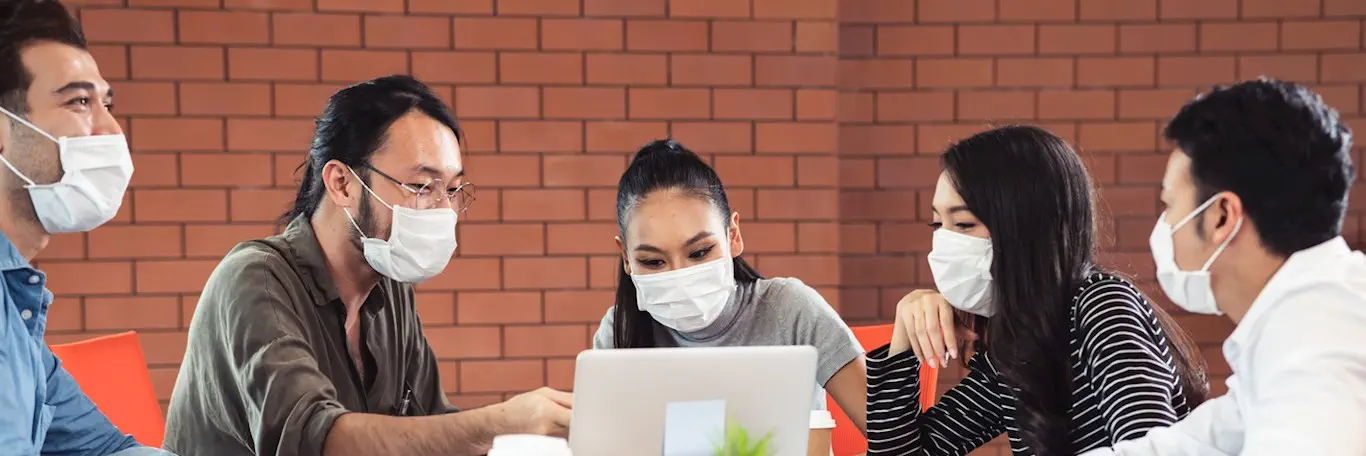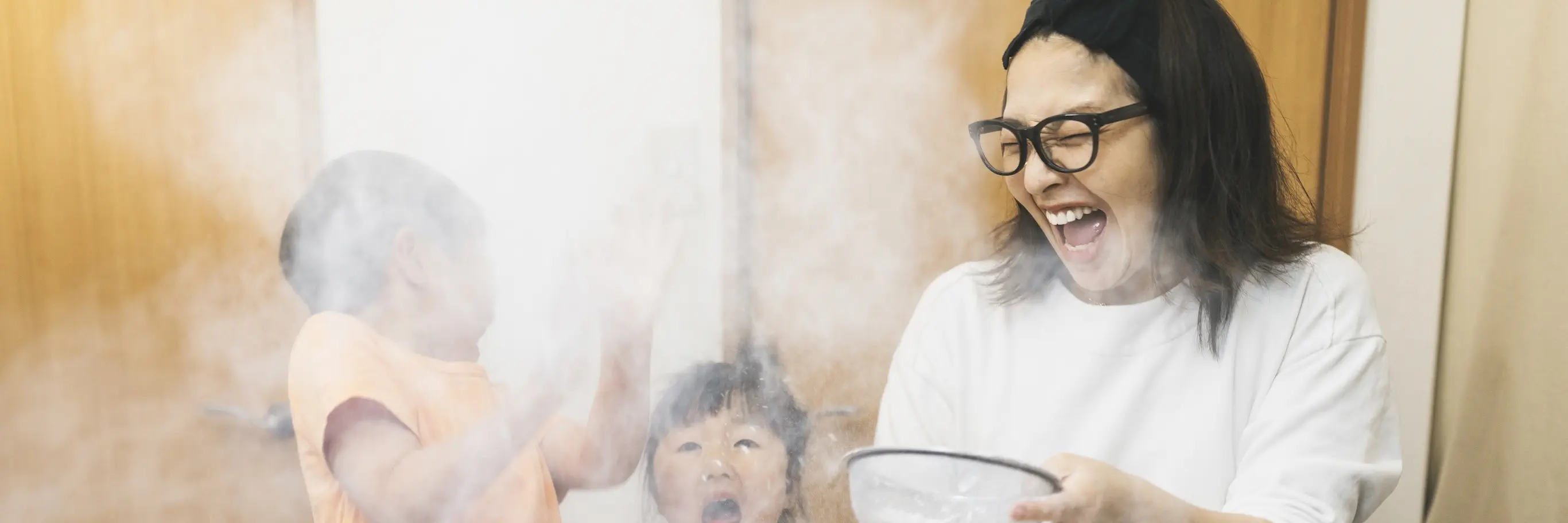
Things to consider when returning to work after the pandemic
We’re now in the post-quarantine new normal but returning to work means we still have to take precautions to stay safe and healthy.
Businesses and workplaces are now open. Some people have returned to their physical offices full time while others have adopted hybrid work—two or three days in the office and the rest of the week working from home.
We can’t blame you if you’re still hesitant to go back to the office with traffic back to pre-pandemic levels, the difficulty of public transportation, scarcity of rides, and the expensive cost of fuel.
Plus, an office building is a prime spot for virus transmission since many people from different areas are gathered inside. People will converse with you, ride with you in the elevator, touch surfaces you may also touch, sneeze without warning.
That’s not to say there’s no safe and cautious way to return to the workplace.
Here are things to do to lessen your risk.
1.Check your health condition— and your loved ones’ too.
Whether or not you have been tested, if you display any of the symptoms for COVID-19 or even the common flu, it’s best not to go to the office for at least 14 days from the first sign of the symptom. Before you return to work, make sure to get tested and wear a mask at all times.
Check, too, if you’ve interacted with anyone who has had symptoms. If you did, self-isolate for the prescribed amount of time. You don’t want to be the office super spreader.
2. Talk to your boss.
Ask your employer for a solid return-to-work plan and do not be afraid or embarrassed to ask questions. This is your safety we’re talking about. You can ask about staggered work shifts, office space setup, even mental health support. Ask and you shall receive!
3. Follow the protocols.
Now is not the time to rebel. Keep in mind and observe all rules and protocols set up so you don’t inconvenience others and put them at risk. This may include a thorough health check, disinfection procedures, a new time schedule, etc.
4. Rethink commuting to work.
If you commute to work, consider other modes of transportation such as biking so you’re commuting solo. If that’s not an option, make sure to not touch your face (that includes your eyes, nose, and mouth) and your phone for the duration of your travel. If you absolutely have to touch your stuff, disinfect before and after using it to be on the safe side.
5. Practice social distancing even inside the office.
You may be missing your co-workers but do avoid unnecessary touching. Wear mask when you are talking. No sharing of food—instead, take your own packed lunch so that you know where your food comes from.
6. Get insurance.
We survived the pandemic—mentally and physically. Many have lost loved ones; some had family members who were infected with COVID-19 and had to sell their homes or incurred huge debts to pay hospital bills. The pandemic has shown us the importance of having health and life insurance, and other plans to protect our health and wellbeing.
When you get a health plan, you’re taking a proactive approach in taking care of your health and wellbeing which is essential in this new normal. FWD’s Set for Health plan lets you claim up to 3x for unrelated major critical illnesses and gives back 100% of your premiums paid if you never do. It also provides additional 20% coverage for minor critical illnesses. This includes covered critical illnesses caused by COVID-19 complications. KanMend, meanwhile, gives you 24/7 telemedicine access via KonsultaMD for 6 months, plus protection from 42 major critical illnesses.
To learn which health plan suits you best, schedule a free consultation with an FWD financial advisor today.






